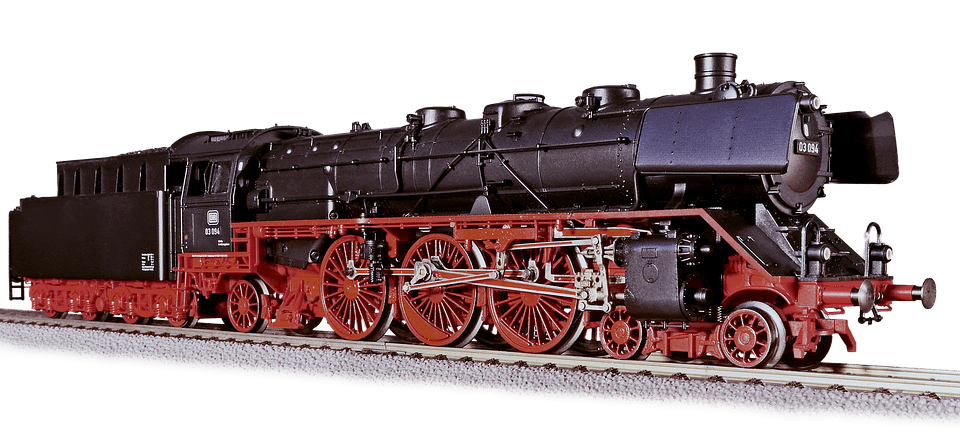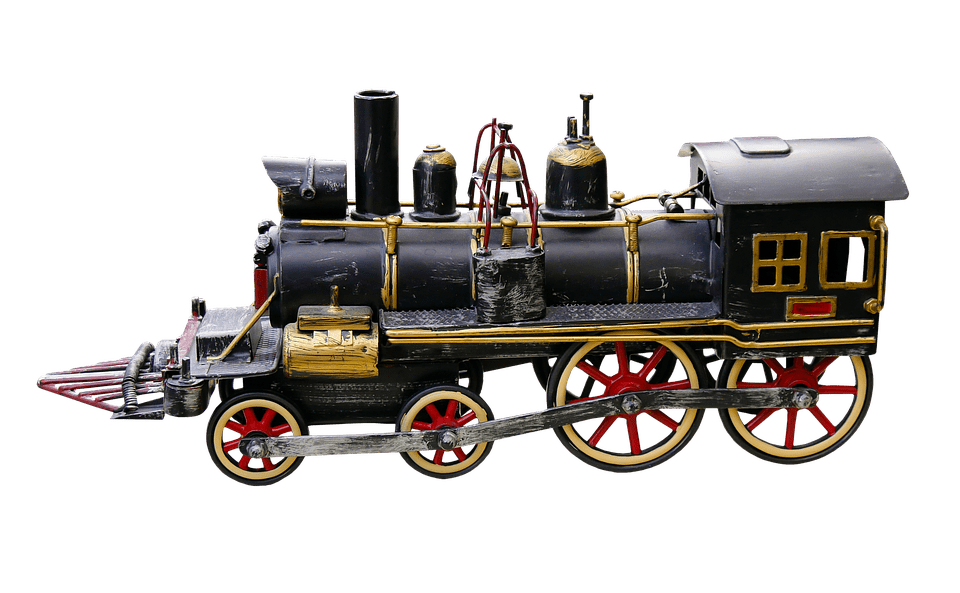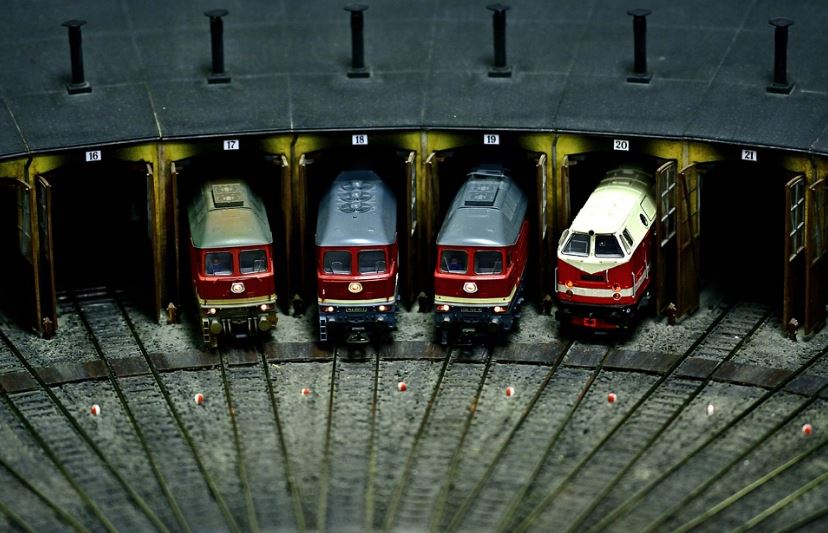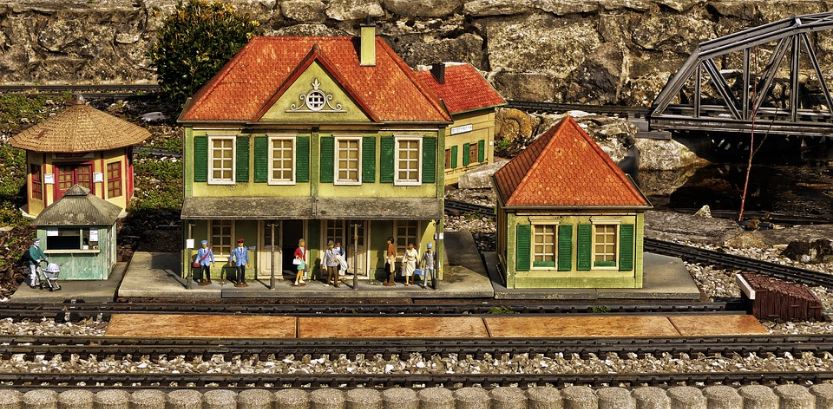The hobby of building model trains has existed for many years, and people of all ages have relished it, from children to the elderly. Despite being a very popular pastime, there are still a significant number of individuals who are novices to model railroads and sets. If you are one of these individuals and are interested in building and playing with model trains, we will provide you with information on how to find the finest beginner-friendly model train sets. So, without further ado, here are the best model train set purchasing recommendations.
Set Your Goals and Budget
1. Set a budget for a model train set
This appears to be the deciding factor for the other factors. Although you are not required to purchase the most expensive items until you have the finest sets overall, you do purchase what you can afford. The price is heavily influenced by the scale, branding, or quantity of the item. There are train systems available for between $25 and $500. You do not need to spend the most to acquire a quality set, but in general, you get what you pay for. Different scales, prototypes, and the quantity of the set have a significant impact on the price. You would expect to pay slightly more for a train set with a track, a steam locomotive, and six cars than for one with a circle track, a diesel locomotive, and three cars. However, quality is also an essential factor to consider.
2. Consider the purpose of building a model train set
Why do you desire to construct a model train set? Is this a pastime you intend to pursue, or are you merely interested in the learning curve? Model railroads are a wonderful way to re-create history and illustrate how people lived in different time periods and cultures. Trains transported products and people, which contributed to the growth and prosperity of our nation. Exploring trains and railways can teach children about history, topography, STEM (science, technology, engineering, and mathematics), and more. Children learn to plan, organize, set objectives, follow instructions, make decisions, and develop solutions to increasingly complex problems through their hobbies.
3. Choose a scale size (HO, N, O, etc.)
HO, N, O, and G are the most popular model train scales. However, these letters represent very specific ratios that inform modelers of the fraction used to scale or model reality.
- HO Scale is by far the most popular scale for model trains in the United States and Canada. The 1:87.1 HO scale ratio. HO scale modelers typically have the largest selection of rolling stock, locomotives, and structures. For a basic and satisfying display, or layout, many modelers begin with this model train scale’s equipment and a flat sheet of plywood.
- N scale is the second most popular gauge in North America, after HO. At a ratio of 1:160, N scale is roughly half the size of HO scale. N scale arrangements are typically more intricate and occupy smaller spaces than HO scale layouts. Or, they can use large spaces, such as garages or basements, to construct lifelike, yet miniature N scale empires.
- O scale with a ratio of 1:48, is another common scale. It was one of the original model train gauges and was utilized by historic toy train manufacturers, such as Lionel, from the late 1800s to the present. Many toy trains are O-gauge, which indicates they can operate on O-scale tracks, but they are not typically genuine scale models. Modelers with expansive spaces may use O scale to construct intricate and regal scenes. Frequently, narrow-gauge (On30) versions are used to model industries such as forestry railroads.
- G scale can refer to any larger-scale model railroad than O scale. Included in the ratios are 1:32, 1:29, 1:24, 1:22.5, 1:19, and 1:12. Additionally, amusement parks, zoos, and special enthusiast organizations may feature ride-on trains that exceed these dimensions. These trains are typically measured by the distance between the rails, such as 7.5 inches, 15 inches, two feet, etc. The German company LGB manufactures 1:22.5 scale trains, while the prevalent scale in the United Kingdom is 1:19.
4. Pick a specific era or theme for the train set
There are factors to consider when selecting a model theme for your train set, such as the project’s budget and purpose. If you’re having difficulty narrowing down your options, consider the following list of popular model railroad eras and themes. You should have no trouble locating kits, engines, and scenery to bring your design to life, given their widespread availability.
- Traditional American minor towns
- World War I or World War II era
- The Wild West
- Rural America or Europe
- Victorian England
- Contemporary conveyance
Take Time to Research Different Model Train Sets
1. Know the different model train brands and the products that they offer
Numerous manufacturers produce model trains, rolling stock, railroad systems, and accessories. Several of these companies have been in operation for more than a century and are still going strong, presenting us with the difficult task of selecting the finest model train brands for different types of roads.
The finest model train manufacturers include Bachmann, Williams, Lionel, Athearn, Walthers, and Kato. The list of the finest model train brands will include MTH, LGB, Marklin, Atlas, and Piko based on your budget and preferences once you have determined the criteria, including scale.
The majority of manufacturers do not produce complete packages for all scales or sizes. In addition, the leading brands have subsidiaries or partnerships dedicated to the production of specific varieties of model trains and railroad sets.
2. Look for train sets that are perfect for beginners
Battery-powered train sets are the simplest for new enthusiasts to assemble, but they do not permit as much expansion as an electric starter set. These sets are typically the least expensive and are intended for younger audiences. The “Ready to Play” series of starter sets by Lionel is an excellent example of battery-powered train sets. You can take a look at our Beginner’s Complete Guide to Model Trains to get more information on train sets that are beginner-friendly.
Most train sets that are sold are Electric Starter Sets. Lionel, MTH, Bachmann, Walthers, LGB, PIKO, KATO, American Flyer, and Hornby all manufacture starter sets for electric model trains. These packages include track and transformers. This enables you to expand your set with widely available track systems, such as FasTrack, EZ Track, RealTrax, and UniTrack.
Additionally, there are railway sets without track and power. These sets only include Trains and Rolling Stock and do not include any track or electrical sources. The majority of these sets are designed for individuals who already have a layout and do not require additional track or electricity. After completing your first train set and purchasing additional track to create a small layout, you may wish to add to your train collection by purchasing train sets without track and electricity.
3. Learn the various terminology associated with model railroads
Gauge: The distance between each rail is the gauge. In North America, prototype standard gauge track measures 4 feet 8 1/2 inches. HO scale track has a standard gauge of 16.5 millimeters, while N scale track has a standard gauge of 9 millimeters.
Access area: An aperture in the center of a layout that provides access to an area that would otherwise be inaccessible from the layout’s perimeter.
Ties: The supports that hold the rails in gauge are ties. On prototype railroads, most ties are made of creosote-treated timber, while others are made of concrete. Tie plates are attached to the ties and, along with spikes, maintain the rails upright and 4 feet, 8 1/2 inches apart.
Flextrack: A flexible, three-foot-long piece of track that can be used as a linear track or curved to any desired radius. Using rail cutters, varied lengths are possible.
Junction – A location where two or more railway lines converge or split into separate lines. This facilitates the transfer of trains from one route to another. Turnouts (switches) and signals govern train traffic.
Rail joiners: Connectors that hold the rails of two sections of track together are called rail joiners. Almost always, sectional track with roadbed employs rail joiners, some of which may interlock with the roadbed and are patented. Each piece of sectional track without a roadbed typically contains at least two rail joiners. Typically, Flextrack does not include rail joiners, but they are available for purchase separately. There are also rail joiners with affixed feeders available.
Operation: Ideally operating trains on a layout in a realistic fashion. Typically, an operating session entails one or more operators running trains purposefully from one location to another on a layout, delivering products or services based on a “fastclock” simulating scheduled arrivals and departures, etc. Procedures are adaptable based on the senior dispatcher’s directives. Obviously for enjoyment and to provide a reason for a large group of friends and families to gather for the evening.
Prototype: The prototype is the actual item. 1 to 1 scale (1:1). What excites us when we see it approaching our hometown on the railroad tracks.
Roadbed: The constructed “earth” upon which track is placed. For this purpose, modelers typically use cork or foam roadbed, which is commercially available at specialty stores.
Handlaid track: Handlaid track refers to track that a model railroader has laid himself using raw materials.
Other Things to Consider
After you’ve settled on your first model train set, you can turn your attention to the components needed to construct the layout and the accessories for the environment. Make sure that the majority of the details are proportional to your train, but bear in mind that certain tall structures, such as trees, may look better if they are shrunk down. Remember, you don’t want anything to get in the way of your view of the train! Also take into account whether or not the component is compatible with other parts and whether or not replacement parts are readily available. Last but not least, before purchasing your model train set, be sure to do some research and read some reviews online.
Conclusion
The world of model railroading is enormous, filled with a wide variety of options, and may be somewhat overwhelming. Before you go shopping, select a measurement unit, settle on a price range, and compile a wish list of the characteristics you require. This advice is likely to be of use to you in sorting through the model train sets that are available both online and in traditional retailers.




